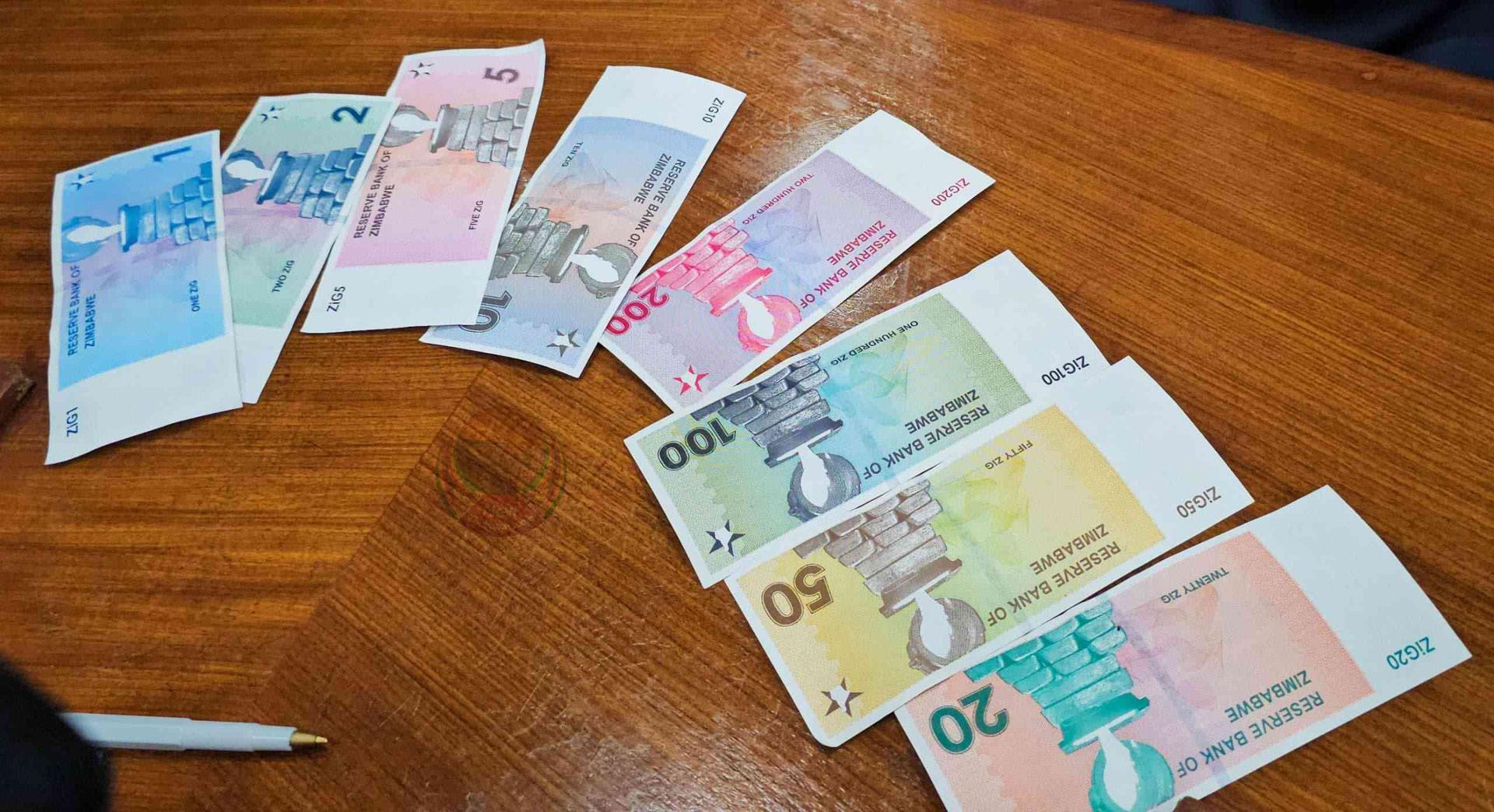Africa-Press – Zimbabwe. THE Confederation of Zimbabwe Industries (CZI) has revealed that October’s 50-percentage-point inflation drop reflects weak demand and statistical effects, projecting annual inflation to ease further to between 15% and 20% by year-end.
The Zimbabwe Gold (ZiG) annual inflation rate fell sharply to 32,7% in October, a 50-percentage-point drop from September, its lowest level since the statistical agency began reporting annual inflation in local currency in April this year.
According to CZI, the steep decline largely reflected the fading impact of the September 2024 ZiG devaluation, which had inflated last year’s consumer price index (CPI), rather than any fundamental improvement in pricing dynamics.
CZI noted that month-on-month ZiG inflation remained in negative territory for the third consecutive month, registering -0,4% in October from -0,2% in September—a sign of deflationary pressures caused by weak consumer demand.
While this temporary price relief could slightly boost purchasing power, the report cautioned that the underlying trend points to a slowdown in spending and production, reinforcing the view that Zimbabwe’s disinflation is statistical and demand-driven rather than policy-induced.
“The ZiG year-on-year inflation rate was 32,7% in October 2025, shedding 50 percentage points from a rate of 82,7% in September 2025. The steep fall in inflation largely reflects the end of the legacy from the September 2024 devaluation, which had created a very large CPI,” CZI said.
“With month-on-month inflation being well managed, it is expected that annual inflation will continue to go down. The policy target is to have an annual ZiG inflation of 30% by December 2025. This can only be achieved if ZiG’s month-on-month inflation continues to be in the negative territory. However, an inflation rate of 30% is still too high, calling for more disinflation strategies into 2026.”
CZI said deflation means that goods and services were becoming cheaper in ZiG terms, which could benefit consumers in the short term as their purchasing power rises slightly.
Consequently, CZI added, consumers who kept ZiG balances in their bank accounts are now able to purchase slightly more goods than they could have bought in August 2025.
If maintained, CZI expects this to significantly enhance confidence in the local currency.
“The policy target is for an annual ZiG inflation of about 30%. The negative month-on-month inflation for the past two months has helped increase chances of this happening,” CZI said.
“It is likely that ZiG month-on-month inflation will remain less than 0,5% for the remaining two months. As a result, annual inflation is likely to fall into a range of 15%-20% by December 2025, which would be a huge achievement on the monetary policy front.”
On the currency front, ZiG has remained stable on both the official and parallel markets in October, with the parallel market premium remaining close to 20%.
Thus, the official exchange rate management policy has not created distortions, as these are mainly reflected in the parallel market premium.
For More News And Analysis About Zimbabwe Follow Africa-Press






